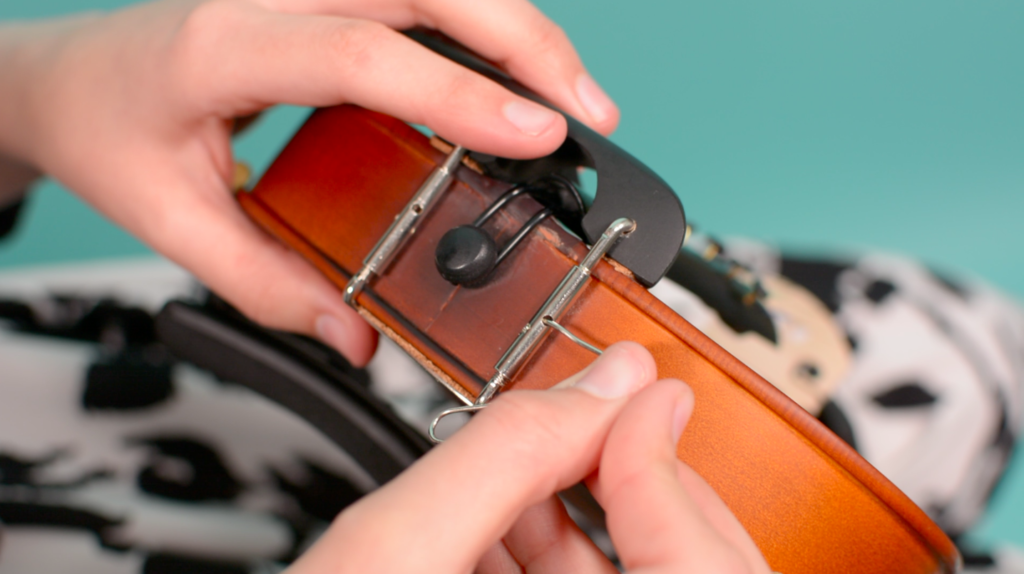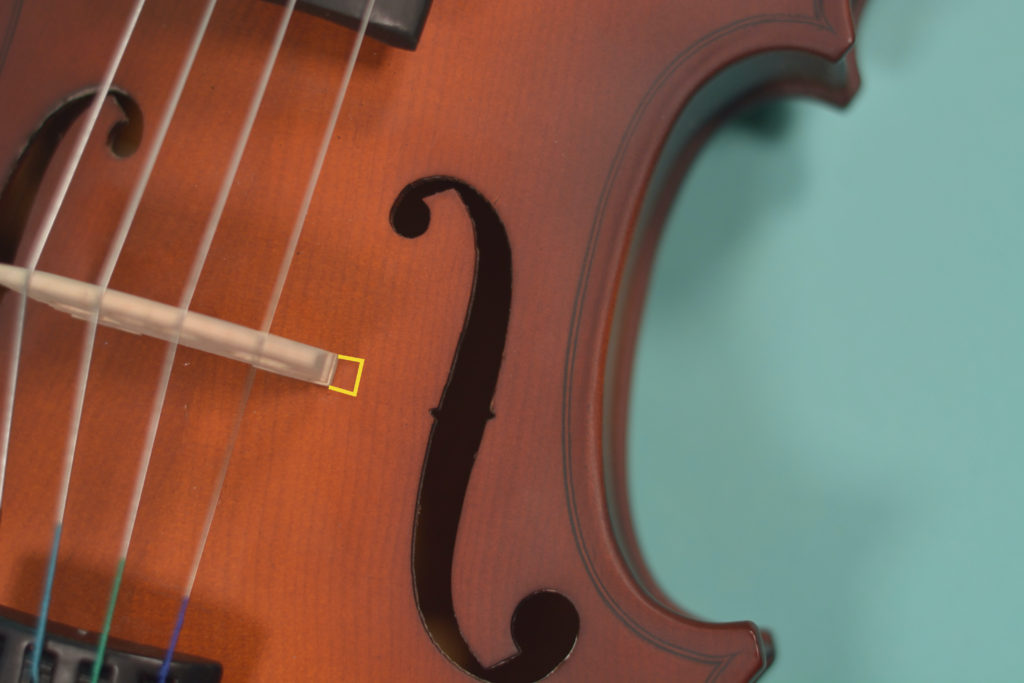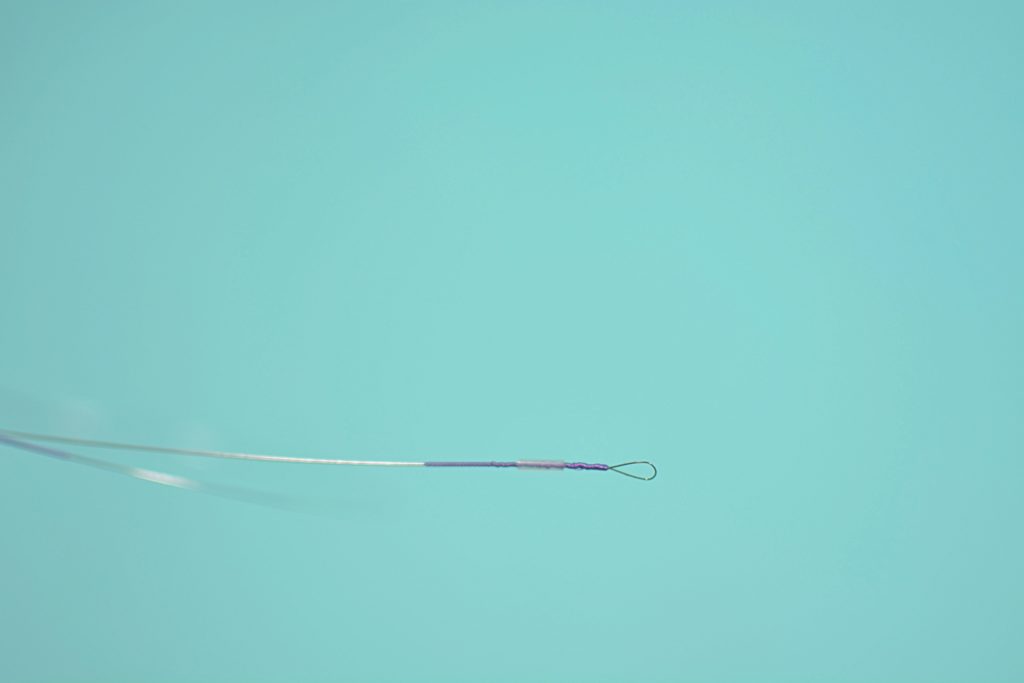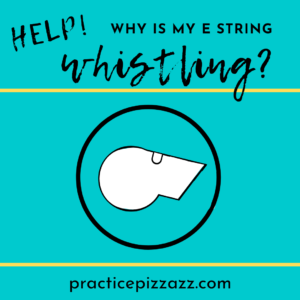Why is my violin buzzing?
Violins will occasionally start making an irritating buzzing sound. It can be faint, or it can be loud and obnoxious. Buzzing will sometimes go away on its own, but not always. If your violin starts buzzing and doesn’t go away within a couple of days, don’t panic. Here’s how you troubleshoot, starting with the things you can adjust yourself:

1. Am I wearing any metal that’s touching the violin?
Take off necklaces, dangly earrings, hoodies with metal pieces around the strings, and jackets with zippers. Remove any metal you’re wearing that is touching your violin. This is good advice regardless of buzzing because metal can easily scratch the wood of your violin.
2. Did I recently drop my violin?
If you didn’t drop it, did you accidentally whack it on the stand, or did someone else play your violin and not tell you if they bumped it? If your violin did get dropped or bumped, a luthier may need to check it out.

3. Is my chin rest loose?
Hold the chin rest and try to wiggle it. If it moves, it needs to be tightened. You can get special tools for this, but a paper clip works just as well. Follow the instructions in this post to tighten your chin rest.

4. Are my fine tuners loose?
Check to see if any of them is loosened so far that they’re a little wiggly. To fix a too-loose fine tuner, tighten the fine tuner first so it’s in a good spot, then adjust the tuning with the peg. For more help tuning, follow this tutorial and download your free guide on how to tune.
5. Is my bridge in the right spot?
Check if you see any footprints from where the bridge used to be and should be. Learn how to fix a displaced or dislodged bridge in the Violin Repair & Care course.
The yellow box in the picture below show the hard-to-see footprint of where the bridge should be.

6. Do I have plastic guards on any of the strings?
These pesky little plastic pieces often cause buzzing. They’re totally unnecessary if you use the pencil trick and put a little graphite to help the strings stay in place. Learn how to use the pencil trick when replacing strings in the Violin Repair & Care course.
You can sometimes slide the plastic right off, but you might need to cut the plastic off extremely carefully using the nail clippers in your case—just don’t accidentally cut your string!
This picture shows the little plastic tube. (It’s over the purple part.)


Is the violin buzzing still?
If you’ve gone through these steps and your violin is buzzing, then it’s time to go more in depth. These two options are things you’ll need a luthier’s help with:
1. Is my sound post loose?
Look through the f-hole on the right to find your sound post. It can be hard to tell if it’s flush against the top plate and the bottom plate, but it’s usually pretty easy to tell if it’s moved significantly from where it is supposed to be.

2. Do I have any open seams or cracks in the wood?
Check your violin all over carefully. Look at the scroll, the plates, the bridge—everywhere. Damages to the wood usually start very small, so give yourself a few minutes to check the wood everywhere.
If you find an open seam or suspect you have one, stop playing ASAP and take it into a luthier. Don’t try to close an open violin seam yourself, no matter how many online tutorials tell you to go for it. Luthiers use a special water-soluble glue, and they know the exact amount to use. (This is also why it’s essential to never let your violin come in contact with too much moisture.) When luthiers fix an open seam, they add more glue, clamp the area incredibly carefully, and observe the violin as it dries.
When in doubt, take your violin to the luthier.

Happy troubleshooting!







